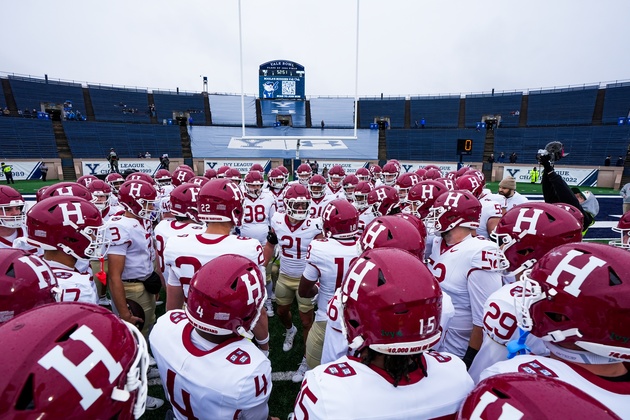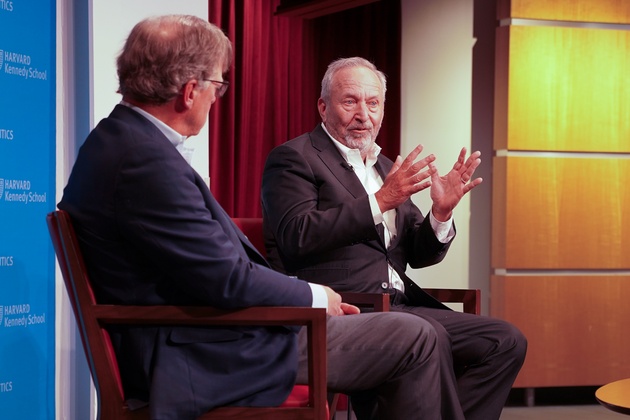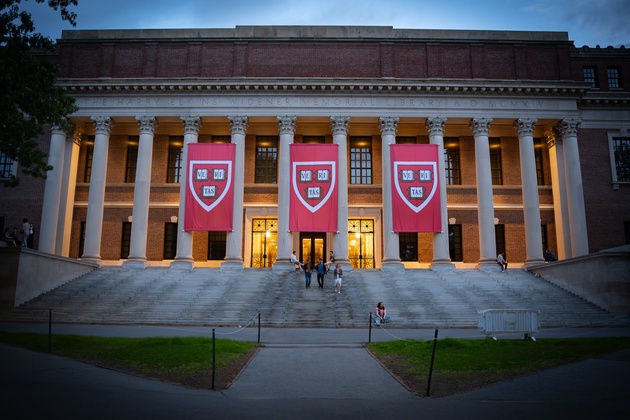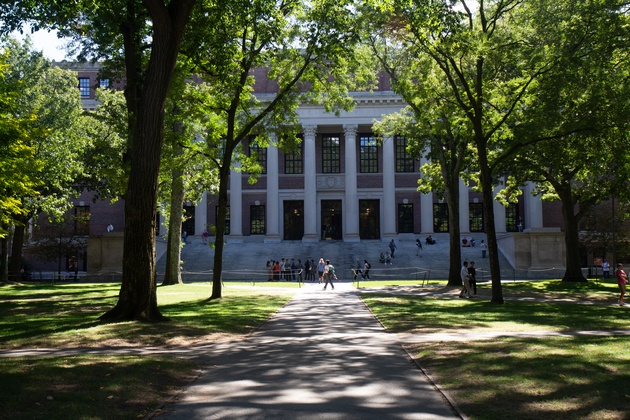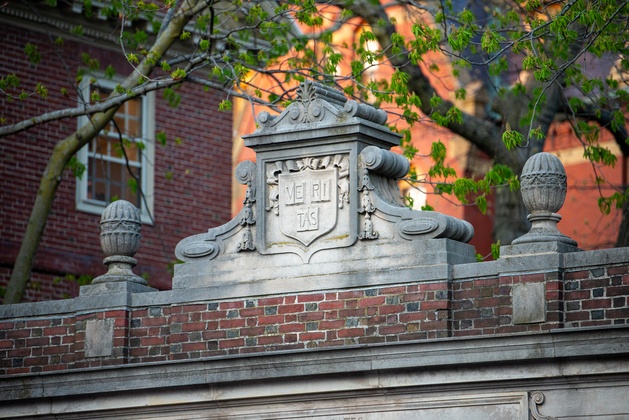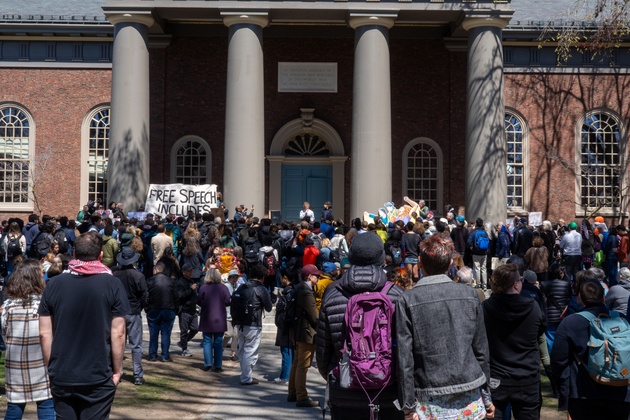{image id=1382471 align=left size=large byline=true caption=false}
Harvard and Yale football face off in the 141st playing of their annual rivalry match.
{image id=1374753 align=left size=large byline=true caption="Former Harvard President Lawrence H. Summers at Claudine Gay’s inauguration to the University presidency in 2023."}
A week after House Republicans released thousands of files from the Jeffrey Epstein estate, exposing messages between Epstein and Harvard President Lawrence H. Summers, Summers remains at Harvard but has backed out of nearly every public-facing role he holds.
A federal judge granted a temporary restraining order to Harvard in its suit to block the Trump administration’s efforts to revoke its authorization to enroll international students.
Harvard sued the Trump administration in federal court on Monday over its multibillion dollar cuts to the University’s research funding, accusing the White House of undertaking an arbitrary and unconstitutional campaign to “punish Harvard for protecting its constitutional rights.”
The Trump administration plans to slash another $1 billion in federal grants and contracts for health research to Harvard, on top of an existing $2.2 billion cut, the Wall Street Journal reported on Sunday.
Trump Admin Targets International Students as Confrontation With Harvard Intensifies
